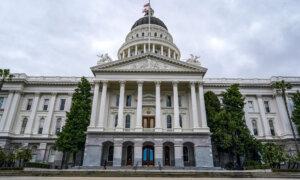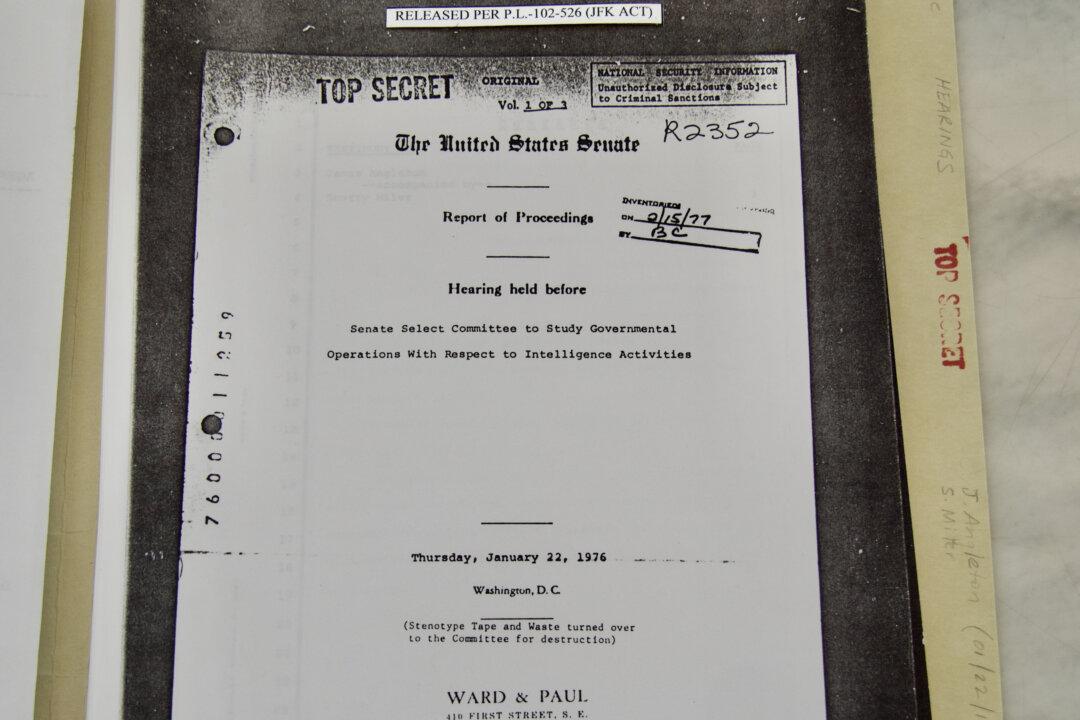Rising interest rates and a slowing economy contributed to California’s financial swing from a $100 billion record surplus in May 2022 to a $68 billion record deficit announced earlier this month, according to the state’s nonpartisan Legislative Analyst’s Office.
“From our standpoint, it seems like the economy is especially sensitive to interest rates and monetary policy by the Federal Reserve,” Legislative Analyst Gabriel Petek told The Epoch Times. “It’s really hit hard our housing market ... and the high tech sector—where investment through [venture capital] and [initial public offering] type of activity is sensitive to interest rates.”
After holding interest rates near zero from March 2020 until March 2022, the Federal Reserve has raised rates 11 times since—with four increases in 2023 bringing the target rate to 5.25–5.5 percent.
Real estate experts say the rise in borrowing costs has stalled the housing market, as some owners have mortgages with interest rates below three percent and are reluctant to sell and finance another home at today’s rates between seven and eight percent.
Financial experts have noted that interest rates are also slowing investment in California businesses, with some moving to less risky bonds and shying away from venture capital opportunities.
“The higher-rate environment has really slowed down that type of activity,” Mr. Petek said. “And that has a really significant effect on the state’s tax revenues.”
With technology industries in California drawing a disproportionate share of investment funding compared to other states, a shift away from investing in venture capital impacts the Golden State more than others, the analyst’s office said.
Exodus of High-Income Earners
Some have questioned the impact of people and businesses leaving the state since the pandemic—a trend that continued into 2023, according to a recently released Department of Finance report (pdf).“We do suspect that the state is missing a couple billion dollars in tax revenue related to the out-migration of high-income earners,” Mr. Petek said.
The analyst’s office also calculates the cost of the state’s programs to determine whether revenues will cover expected costs.
Revenues from personal income and corporate taxes missed estimates this year by 28 and 43 percent, respectively, for the year—leading to a $23 billion shortfall, according to finance department figures.
Such forecasting, Mr. Petek said is an inexact science.
“It’s very difficult to predict how financial markets will do,” he said. “The problem is, if you assume higher revenues, you could wind up making spending commitments that the state can’t afford.”
With the state now facing a deficit that could grow to more than $155 million by 2025, the Legislature and governor are now evaluating spending cuts and revenue increases.
Reserve funds totaling $38 billion could be tapped to address the deficit, though some should be preserved, Mr. Petek suggested.
“It seems reasonable to use some of the revenue for the deficit, but you probably want to maintain a good share of reserves because of that uncertainty in case things turn out to be worse,” he said.
Gov. Gavin Newsom’s office told The Epoch Times by email that such a notion is under consideration.
“The Governor has maintained strict fiscal responsibility since taking office, building up the state’s reserves to historic levels reaching the maximum allowed by the state constitution to be put in reserves and paying down debts—putting California in a strong position to deal with budget shortfalls,” said Erin Mellon, Mr. Newsom’s communications director.
Discussions will begin when the Legislature reconvenes Jan. 3, with a deadline for Mr. Newsom’s budget proposal due Jan. 10.
“In January, the Governor will introduce a balanced budget proposal that addresses our challenges, protects vital services and public safety, and brings increased focus on how the state’s investments are being implemented, while ensuring accountability and judicious use of taxpayer money,” Ms. Mellon said.







